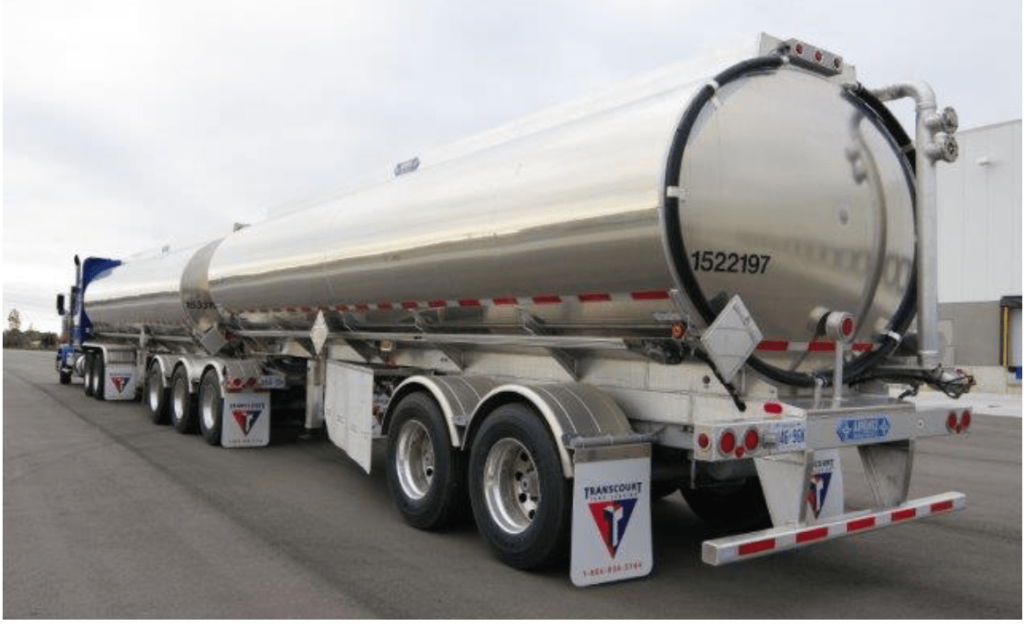VENTING equipment used on petroleum and chemical tank trailers to prevent vapours from escaping into the atmosphere is an important part of meeting the Environmental Protection Agency (EPA) regulations. Chad Betts discusses the various specifications by type of tank trailer. Beginning petroleum tankers, the MC306 tank trailer, the emergency vent has to have a set pressure not less than three psi. For the DOT406, MAWP can range from 2.65 up to four. The formula for set pressure is 1.1 to 1.38 times MAWP. The emergency vent rating pressure of an MC306 is five psi and on a DOT406 it is 1.25 times the tank test pressure, but not greater than MAWP plus three psi. For typical DOT406 relief valves, the rating pressure is 6.25 psi.
With chemical tank trailers, Betts says the emergency vent set pressure for the MC307 should not be less than the design pressure of the tank. The DOT407 requires a formula: 1.2 to 1.32 times tank MAWP. Betts discussed emergency vent rating pressure for the MC307, which is 1.3 times the design pressure of the tank, and the DOT407, which should be rated at not more than the tank test pressure.
For minimum flow rating, the specifications call for the MC307 to have 12,000 cubic feet of air per hour for every 350 square feet of the tank. In no case should it be less than 12,000 cubic feet, he said. For the DOT407, the 12,000 cubic feet of air per hour applies for 350 feet of an exposed tank.
Taking a look at frangible venting, Betts said the MC307 for burst pressure is 1.3 to 1.5 times the design pressure of the tank. For the DOT407, fusibles are not allowed. A bursting disc can be put on the interior of a relief vent to keep product away from the valve.
He said the MC307 has no surge requirement, but if the valve is changed or replaced, it has to be replaced with one that has one litre of maximum leakage. The DOT407 must have a vent that releases no more than one litre.
Source:
The Bulk Transporter, Feb 2004, Chad Betts


Recent Comments